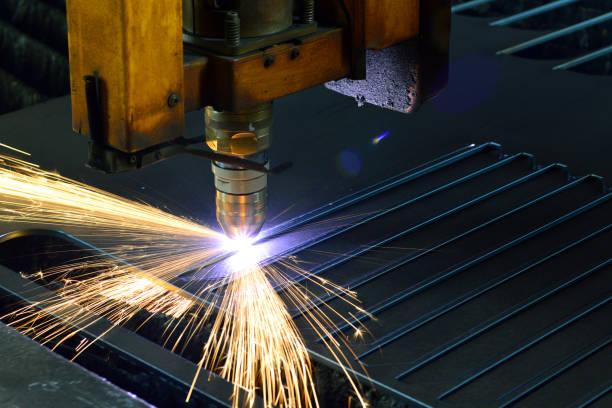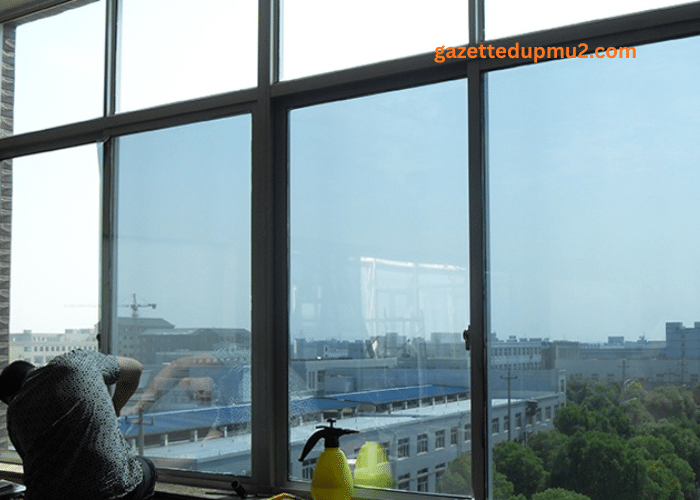Products in the medical sector require a high level of precision. It is essential to ensure that they meet the demands of high quality. Thanks to medical laser welding, the size of other medical devices has decreased. Medical laser welding is suitable for creating small weld seams. Even in a complicated area, you can quickly generate laser weld seams and spots to provide a sterile surface without post-processing.
Understanding Laser Welding
According to experts at Micro Weld, laser welding is among the most high-precision technologies, which uses a focused laser beam to fuse and melt parts of a metal. This welding technology provides a few benefits, like high weld strength, fast speed, and minimal heat output. In the healthcare industry, laser welding joins intricate and small parts, like dental tools and catheters. With the capability of producing precise welds, the process ensures devices and products meet stringent tolerances needed in the sector.
Why Laser Welding?
Information security in the medical industry is essential to public welfare, and most health commissions and bodies prioritize it. This attention, plus national accreditation, provides ample opportunities for growth for various pharmaceutical firms to undergo independent research & development and technological change. Laser medical welding plays a vital role in this change, providing a potential for different applications. Some of the benefits it offers the industry include:
- Electronics integration – The latest medical devices incorporate electronics for control and monitoring. Welding ensures the electronic connections are secure, allowing for device functionality and accurate data collection.
- Complex structures—Medical products and devices feature intricate components made of different materials. Laser welding allows users to seamlessly join materials, thus maintaining the integrity of structures.
- Durability—Medical products or devices should withstand rigorous sterilization processes, human body stress, and constant use. Welding can create strong welds capable of enduring all those challenges, reducing the risks of medical device failure.
- Biocompatibility – Most medical devices and products are often implanted in the human body, requiring biocompatible welding techniques and materials. Laser welding ensures weld joints are always contaminant-free and avoids adverse patient reactions.
- Reliability and precision – The medical industry demands the utmost reliability and accuracy in manufacturing medical equipment and devices. The laser welding technique enables manufacturers to create intricate components with high precision. For instance, welding helps to ensure these components are joined securely and can withstand repeated sterilization processes without compromising quality and performance in fabricating surgical parts and instruments, such as scalpels and forceps.
Applications
Laser technology modernizes the manufacturing of medical devices and equipment in various ways. Here is how you may use it to improve the process of production:
- Cutting for an Implantable Device
The laser-cutting technique is one practical application of this technological advancement in the manufacturing of medical devices. It helps produce implantable devices, including pacemakers, dental implants, hip replacements, catheters, and stents.
- Marking for Traceability and Information
The manufacturing of medical devices requires flawless precision to ensure that products meet FDA standards and specifications. Every product must have a marking that matches the requirements and standards. You may depend on laser markings to create durable and high-quality markings on the product’s surface for traceability and information. You may integrate coding technology and laser marking into the assembly process to put a serial number on every finished product.
In conclusion, medical laser welding plays a role in manufacturing medical devices and products. It provides excellent support for improving the innovation and quality of those devices through non-destructive connection, welding functionalities, micro-welding, and precise welding. With continuous use of this technology, the role of laser welding in the healthcare industry will become more prominent.





